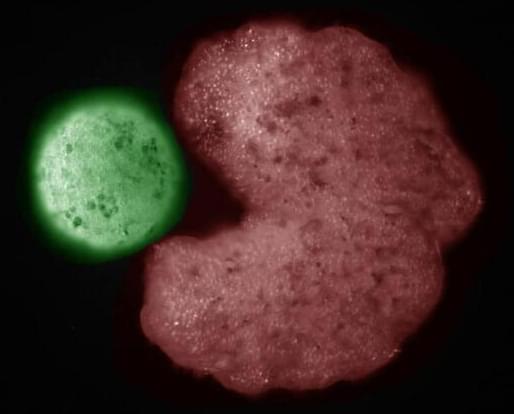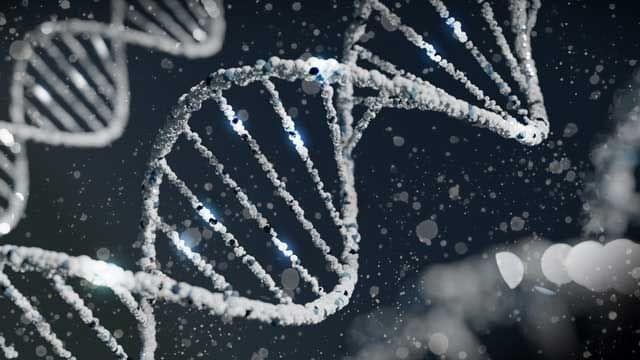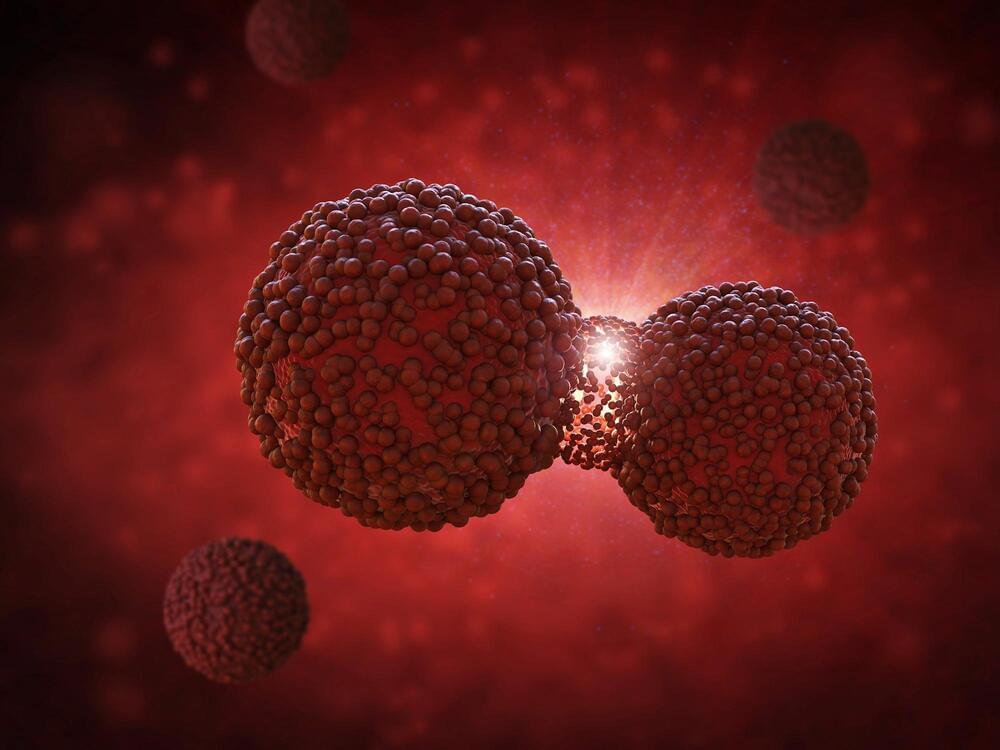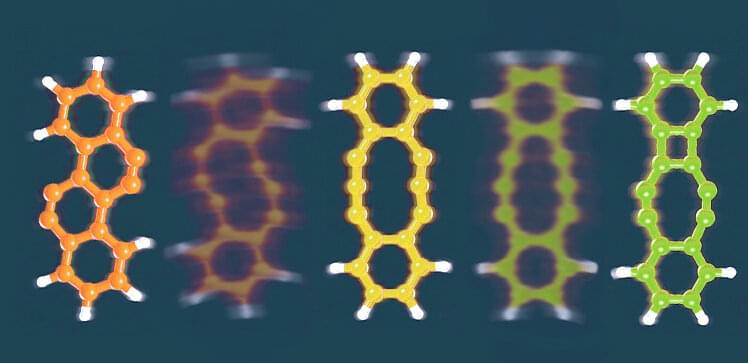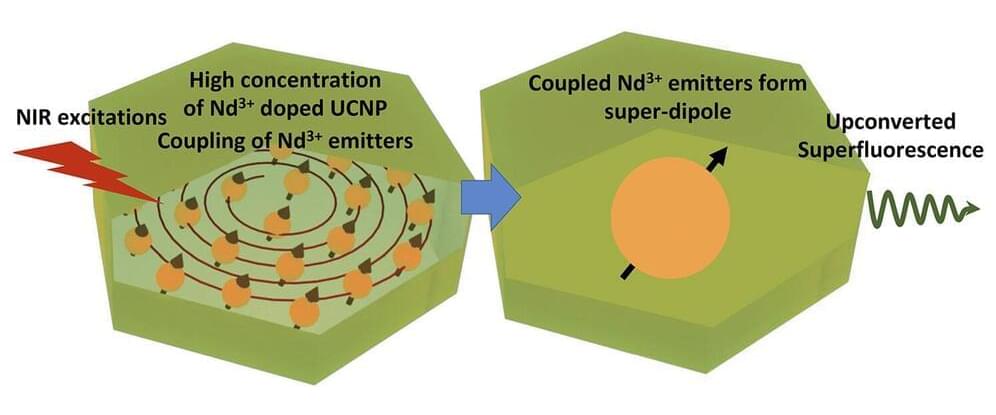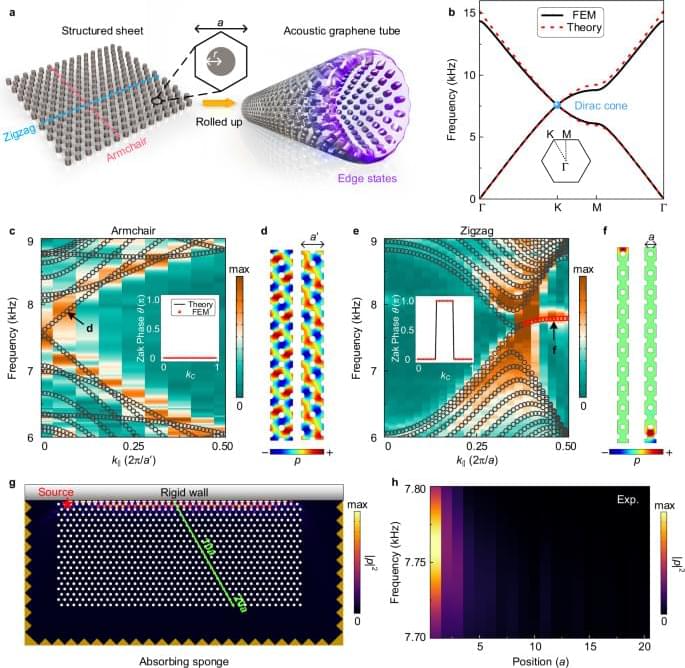Aug 30, 2022
Astronomers have detected one of the biggest black hole jets in the sky
Posted by Dan Breeden in categories: cosmology, physics
Luke barnes, lecturer in physics, western sydney university miroslav filipovic, professor, western sydney university ray norris, professor, school of science, western sydney university velibor velović, phd candidate, western sydney university.
Astronomers at Western Sydney University have discovered one of the biggest black hole jets in the sky.
Spanning more than a million light years from end to end, the jet shoots away from a black hole with enormous energy, and at almost the speed of light. But in the vast expanses of space between galaxies, it doesn’t always get its own way.


